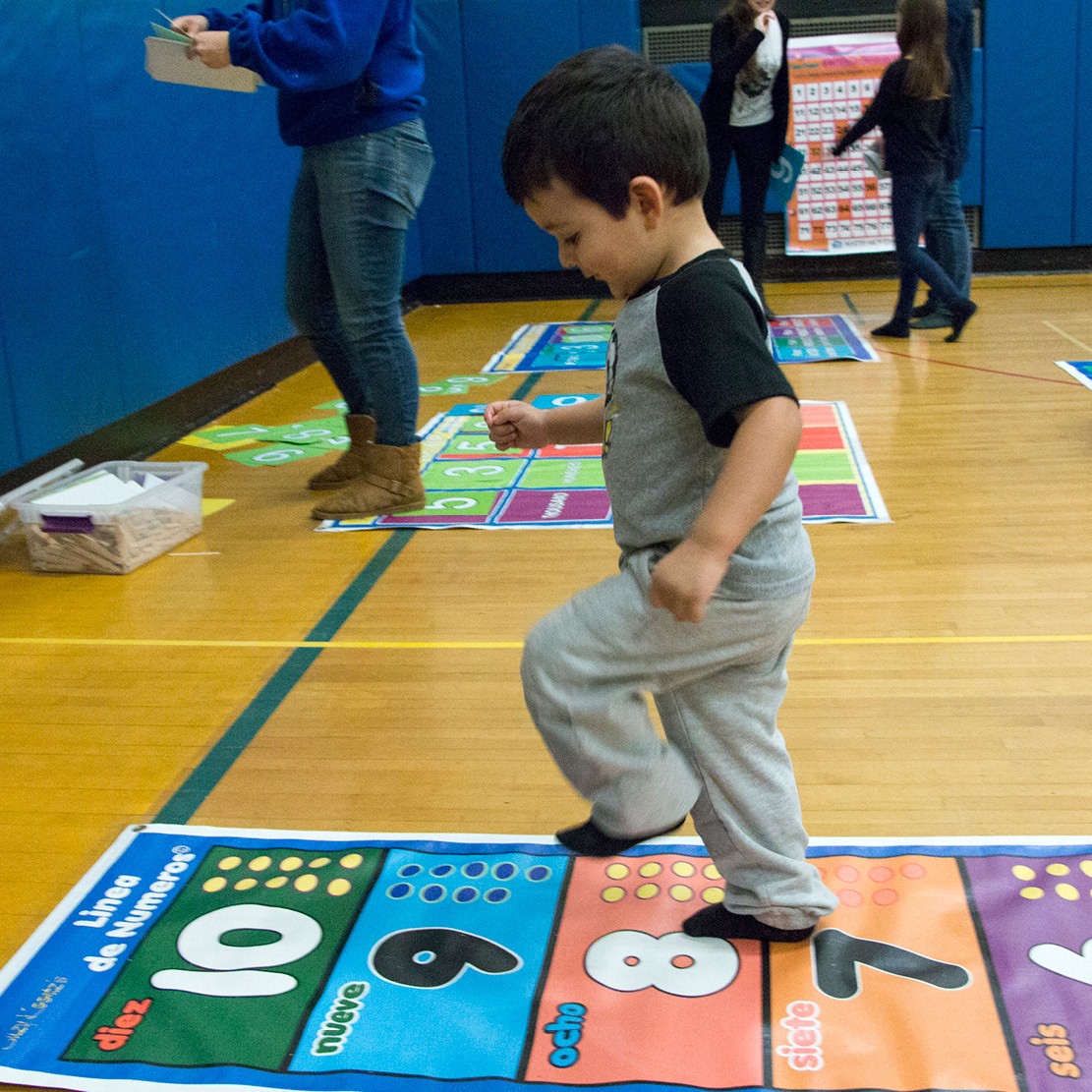
Research-Based Strategies for Teaching ELL Students
Research shows that ELL students prefer a kinesthetic learning style. Incorporating movement-based learning strategies into lessons can help bilingual classrooms thrive.
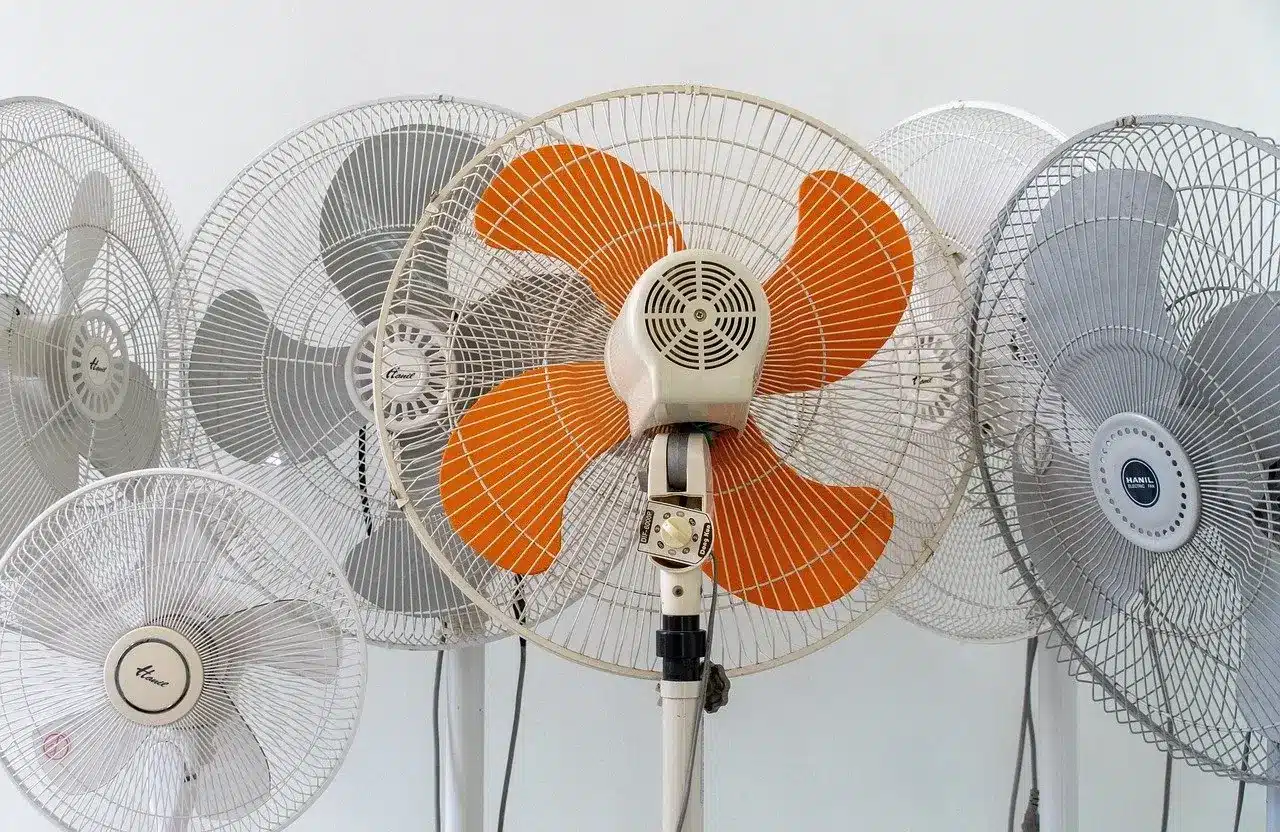
The world just experienced the hottest July on record, but the extreme heat is not stopping schools from resuming for the fall semester. The back-to-school 2023 season is presenting challenges with extreme heat in schools and raising questions about heat effects on student learning. Many have called attention to schools’ heat safety precautions and air conditioning systems.
The Arizona heatwave has been making headlines for the last month across the US. For 31 consecutive days, from June 30th to July 30th, Phoenix, AZ saw high temperatures of 110 degrees Fahrenheit or higher. The city has seen the most 115-degree or higher days ever recorded in one calendar year.
Despite this extreme heat, many Arizona schools resumed classes earlier in the summer than ever before. School districts across the state, as well as in other states, have begun adopting a year-round school calendar. This calendar shortens the traditional summer break. The first day of school was as early as July 20th for many K-12 students.
Students in California and Georgia are also returning to school in temperatures over 90 degrees. Louisiana students are headed back to the classrooms in temperatures over 100 degrees and a heat index of 110 degrees. What do these record-setting temperatures mean for students?
Children are more vulnerable to heat exhaustion and heatstroke than healthy adults. It takes longer for their bodies to increase sweat production. Additionally, children dehydrate quicker because a larger percentage of their body weight is water (compared to adults).
Last year, the Scientific American reported that the number of cases of heat-related illnesses has gone up, including in children. Furthermore, Harvard’s Center for Climate, Health, and the Global Environment released the results of a nationwide study that found an association between higher temperatures and more visits to children’s hospital emergency rooms.
The physical consequences of excessive heat are even more serious for children with pre-existing conditions such as diabetes and asthma.
We all know that heat stress can put anyone in a grouchy mood and make them less productive. More breaks are needed, especially for those who work in a hot environment or outdoors.
Estimates suggest that 40% of schools in the US have inadequate or no air conditioning. Furthermore, many HVAC systems in schools are decades old and cannot keep up with today’s cooling needs.
This is no easy fix. HVAC systems are costly and in many cases, the funding to install, repair, or upgrade can be hard to find.
The 2021 State of Our Schools Report estimated that the US is underinvesting in school facilities by $85 billion each year.
Several Arizona schools located in Chandler and Scottsdale (suburbs of Phoenix) shared their plans for keeping students safe amidst the heatwave. Administrators said that they will have outdoor time early in the morning, restrict play in the sun, require drinking breaks, and cover large windows inside. One administrator pointed out his school’s covered playground and outdoor water fountains.
With hotter school days to be expected in coming years, will these plans be enough to keep kids safe while delivering a quality education?
How does temperature affect learning? Overall, research says that the effect of hotter temperatures seems to be largely negative. Rising global temperatures are a concern for education.
A report by the Environmental Protection Agency found that heat affects children’s concentration and learning and may lead to a 4-7% decrease in annual academic achievement per child. Heat negatively impacts the amount of productive instruction time that takes place.
A Harvard University study examined the PSAT scores of 10 million students who graduated high school from 2001 to 2014. (The PSAT is a standardized test that students take in preparation for the more well-known SAT exam that many colleges require.) The students took the exam multiple times. Data showed that students scored lower after a hot school year compared to cooler school years. The research concluded that for every 1 degree hotter a school year is, learning is reduced by 1%.
Education Week reported on a study that linked exam-time heat exposure with a lower likelihood of on-time high school graduation. The study looked at 4.5 million New York City students taking Regents exams. (Regents exam scores directly affect high school graduation and the diploma a student receives in New York state.) Scores were significantly lower when the test was held on a 90-degree day compared to a 72-degree day.
NPR shared the findings of a Boston study on young adults living in college dorm rooms. One group of students slept in dorm rooms with air conditioning at 71 degrees, while another group slept in dorm rooms without air conditioning. Rooms without air conditioning were approximately 80 degrees. All of the students were prompted to take a simple test on their cell phones when they woke up. The students who slept in the hot dorm rooms scored significantly worse. The study found a 10% decrease in response times and accuracy as a result of heat exposure.
In another study shared by Education Week, two classes of 10-12 year old students took two math and literacy tests in different classroom temperatures. Their scores were significantly better when the classroom temperature was 68 degrees versus 77 degrees.
There’s no denying the data – the extreme heat negatively impacts students. What does the increasing number of hot school days mean for students?
The Center for Climate Integrity, and environmentalist advocacy organization, estimates that between 1970 and 2025, the number of school districts that experience 32 or more days over 80 degrees will increase to 39%.
Disadvantages for already marginalized groups will increase as a result of rising temperatures. Harvard University found that the hotter temperatures can negatively impact Black, Hispanic, and low-income students’ learning three times more than white students.
Low-income households are less likely to be able to afford or have access to air conditioning. Coupled with that fact, students from low-income households are over 6% more likely to be in schools without air conditioning. Without air conditioning at home, students do not sleep as well and are disadvantaged in their performance at school. The hotter classroom temperatures are not helping their learning or concentration, either.
In a world where students are already behind due to Covid-19 learning loss, the last thing developing minds need is more lost instruction time due to “heat days”. As an educator, you have likely noticed the mood in your classroom is quite different on a hot day – perhaps slower, less vibrant, and absentminded. What can you do to help keep your students feel more comfortable?
Aubrey, Allison. “Yes, Heat Can Affect Your Brain and Mood. Here’s Why.” NPR, 31 July 2023, www.npr.org/sections/health-shots/2023/07/31/1190627995/heat-wave-brain-mood-anxiety.
Healy, Jack. “Phoenix’s Month in Hell: A 31-Day Streak of Record Heat Ends.” The New York Times, 31 July 2023, www.nytimes.com/2023/07/31/us/phoenix-heat-july.html.
Huetteman, Emmarie. “Heat Waves Affect Children More Severely.” Scientific American, 5 Aug. 2022, www.scientificamerican.com/article/heat-waves-affect-children-more-severely/.
LaMotte, Sandee. “What to Know When Your Child Starts School during a Deadly Heat Wave.” CNN, 3 Aug. 2023, www.cnn.com/2023/08/03/health/children-school-heat-wave-wellness/index.html.
Marshall, Miri. “Too Hot To Learn: How Climate Change Could Impact Children’s Education.” Wusa9.Com, 21 May 2023, www.wusa9.com/article/weather/hot-classrooms-heat-schools-students-climate-change-learning/65-d80284b3-f0b9-4673-b224-b4843ea4ee6a.
Smilk, Carin M. “Arizona Schools Adjust to Sweltering Heat as Kids Start New Academic Year.” JNS, 27 July 2023, www.jns.org/us-news/jewish-education/23/7/27/306108/.
Will, Madeline. “The School Year Is Getting Hotter. How Does Heat Affect Student Learning and Well-Being?” Education Week, 11 Oct. 2022, www.edweek.org/leadership/the-school-year-is-getting-hotter-how-does-heat-affect-student-learning-and-well-being/2022/09.
“2021 State of Our Schools Report: America’s PK-12 Public School Facilities.” WELL, International WELL Building Institute, 8 Sept. 2021, resources.wellcertified.com/tools/2021-state-of-our-schools-report/.

Research shows that ELL students prefer a kinesthetic learning style. Incorporating movement-based learning strategies into lessons can help bilingual classrooms thrive.
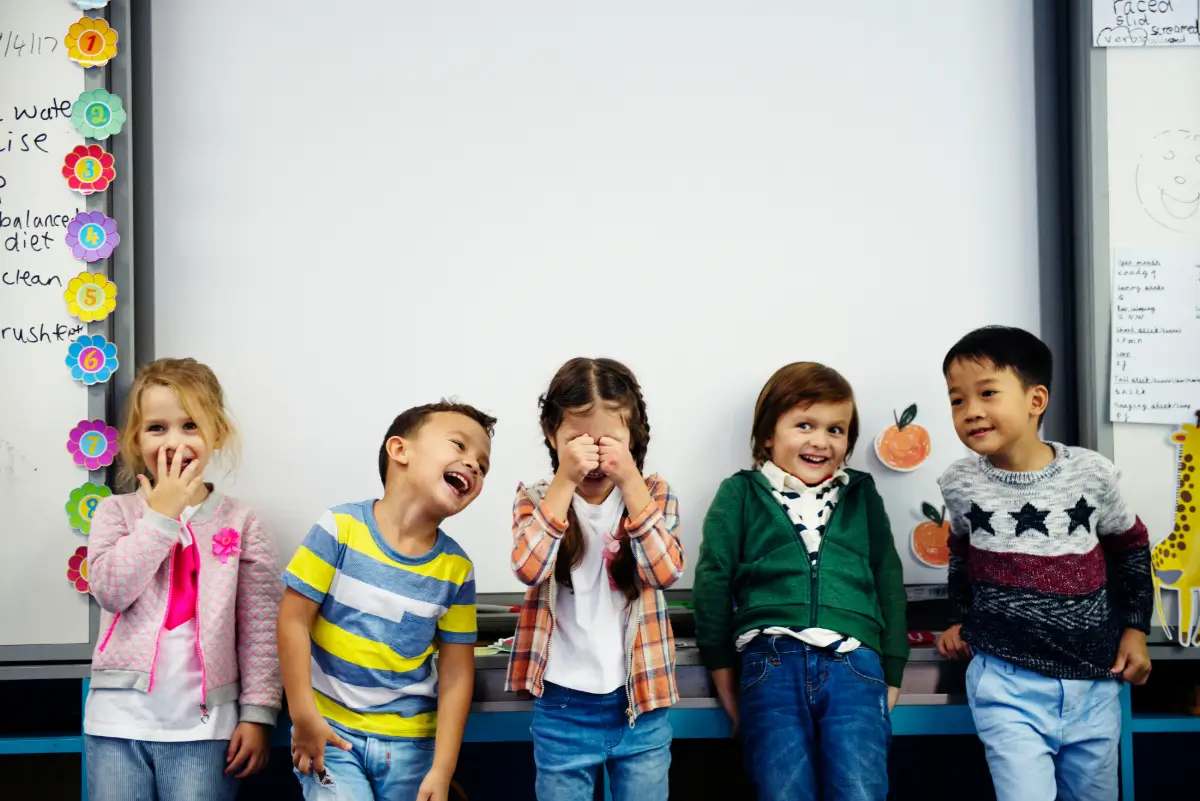
Discover how movement-based learning can help teachers implement effective classroom management strategies for elementary students.

Get ideas on how to celebrate Pi Day 2024 with your elementary students.
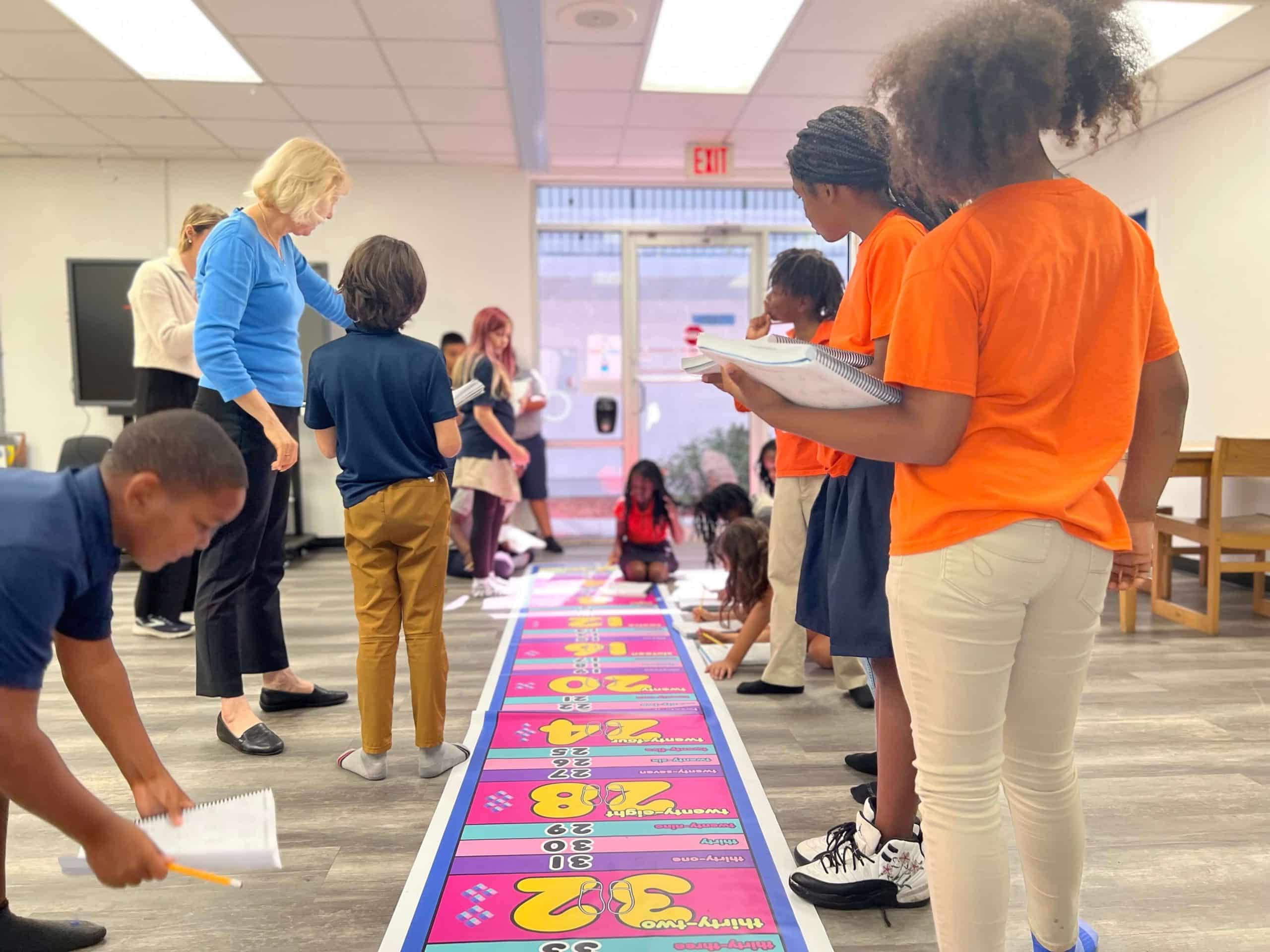
Find out how Math & Movement is aligned to your state’s education standards.
Please leave your email and a quick note for us. We will get back to you soon! In the meantime, here are answers to some of our most common questions:
→ Shipping is 10% of the order subtotal.
→Yes, we accept purchase orders!
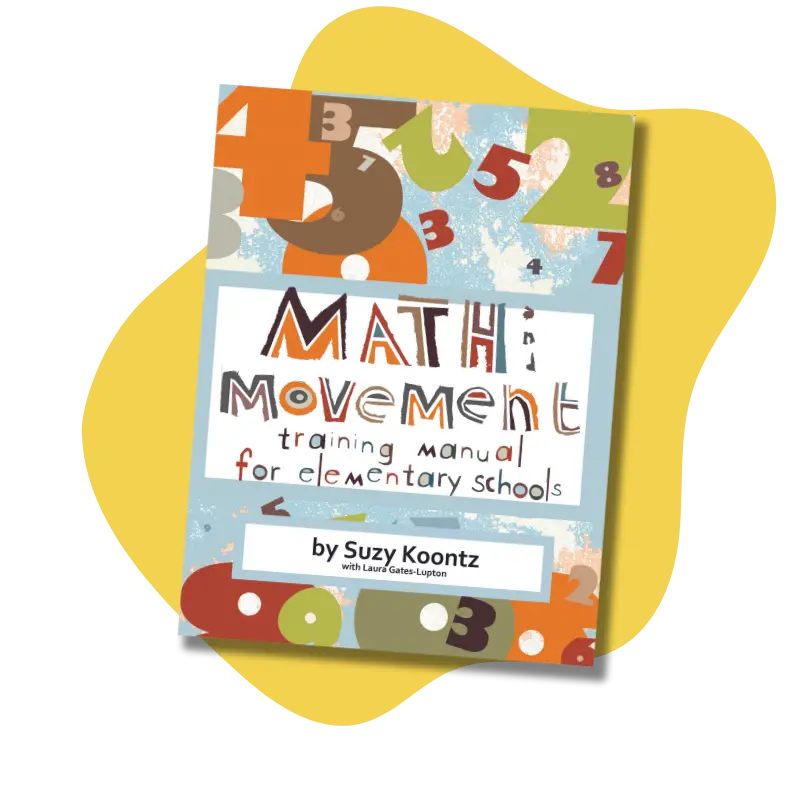
Enter your email to get our training manual with over 250 active math movements. No materials necessary!